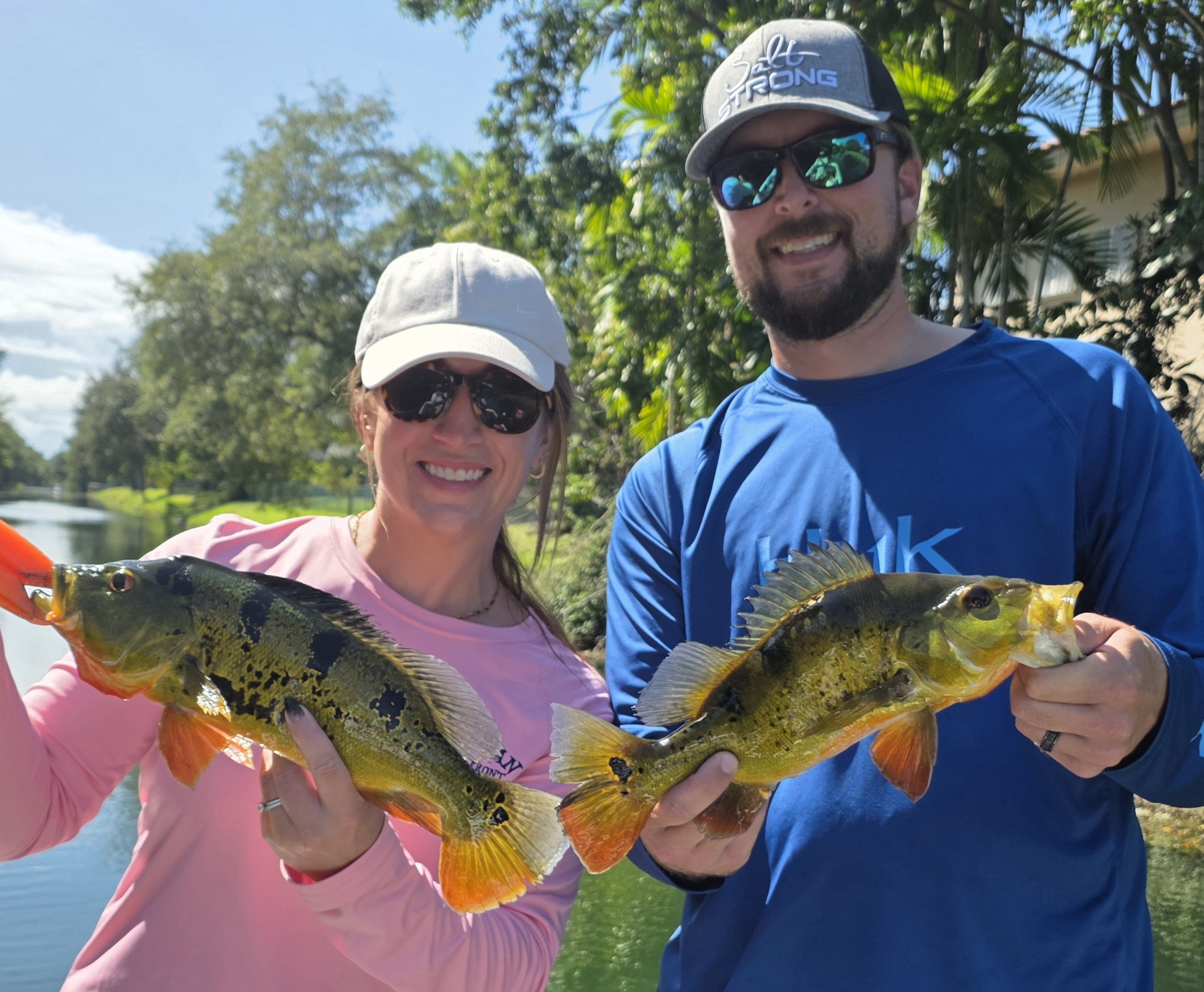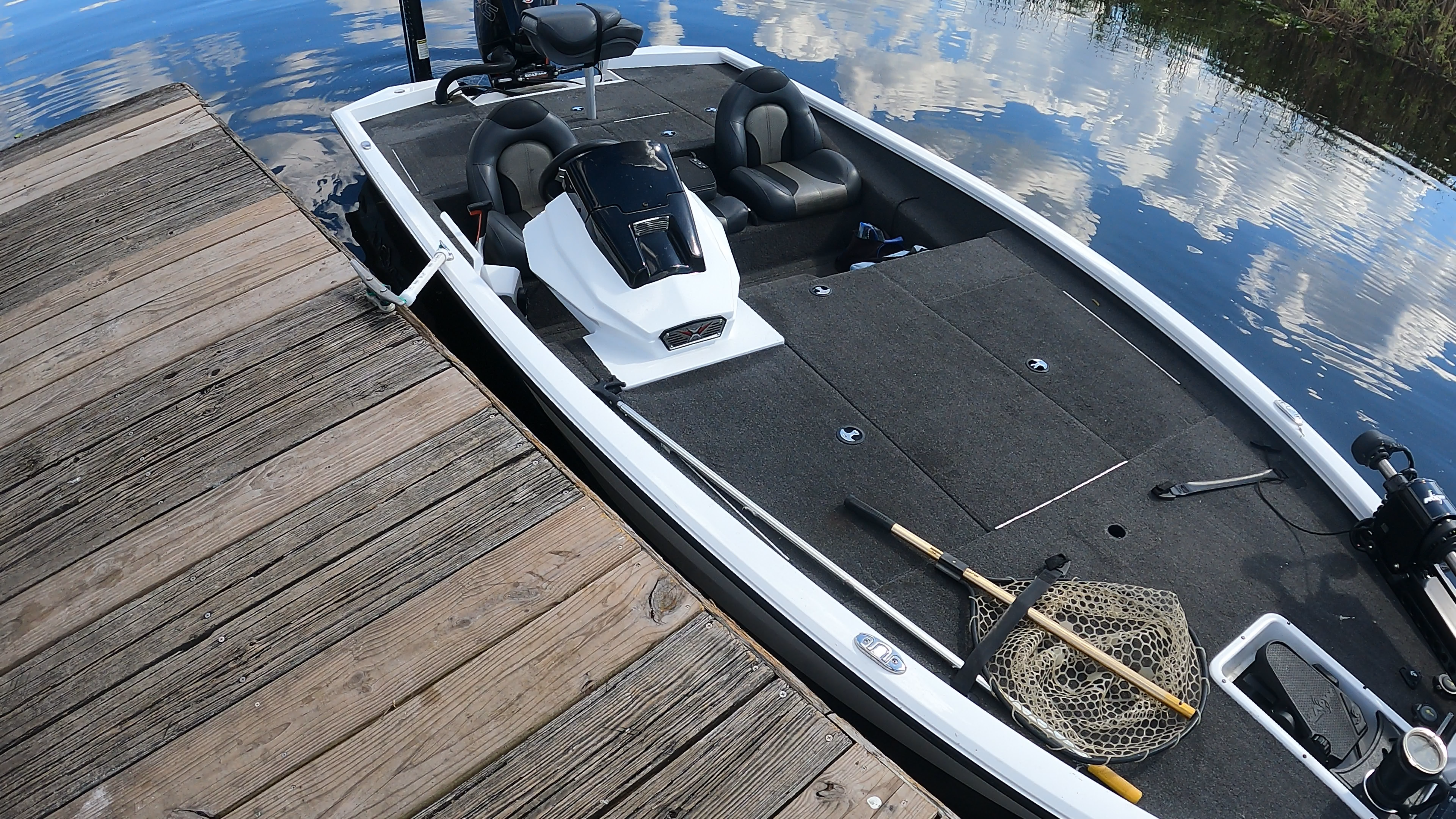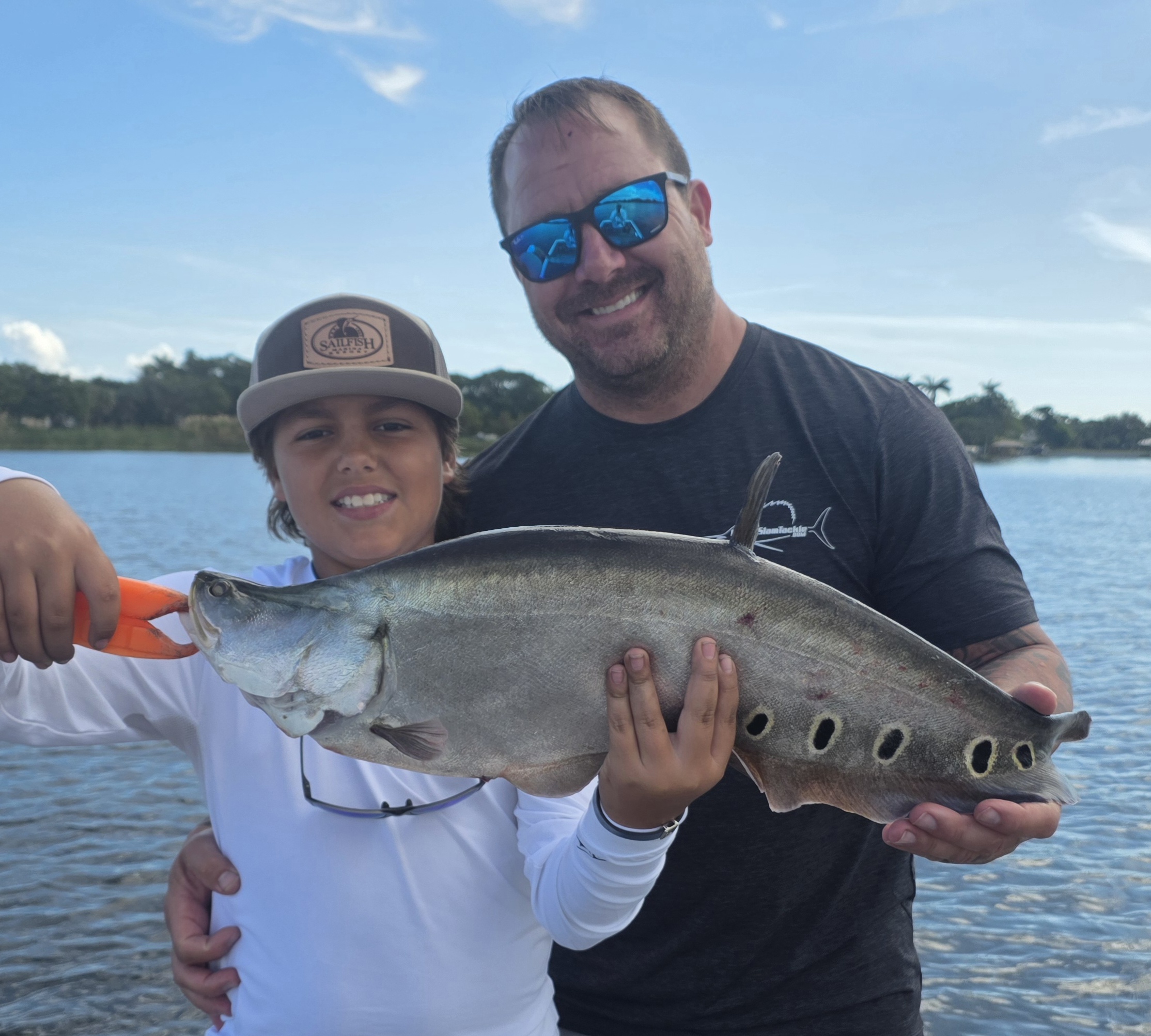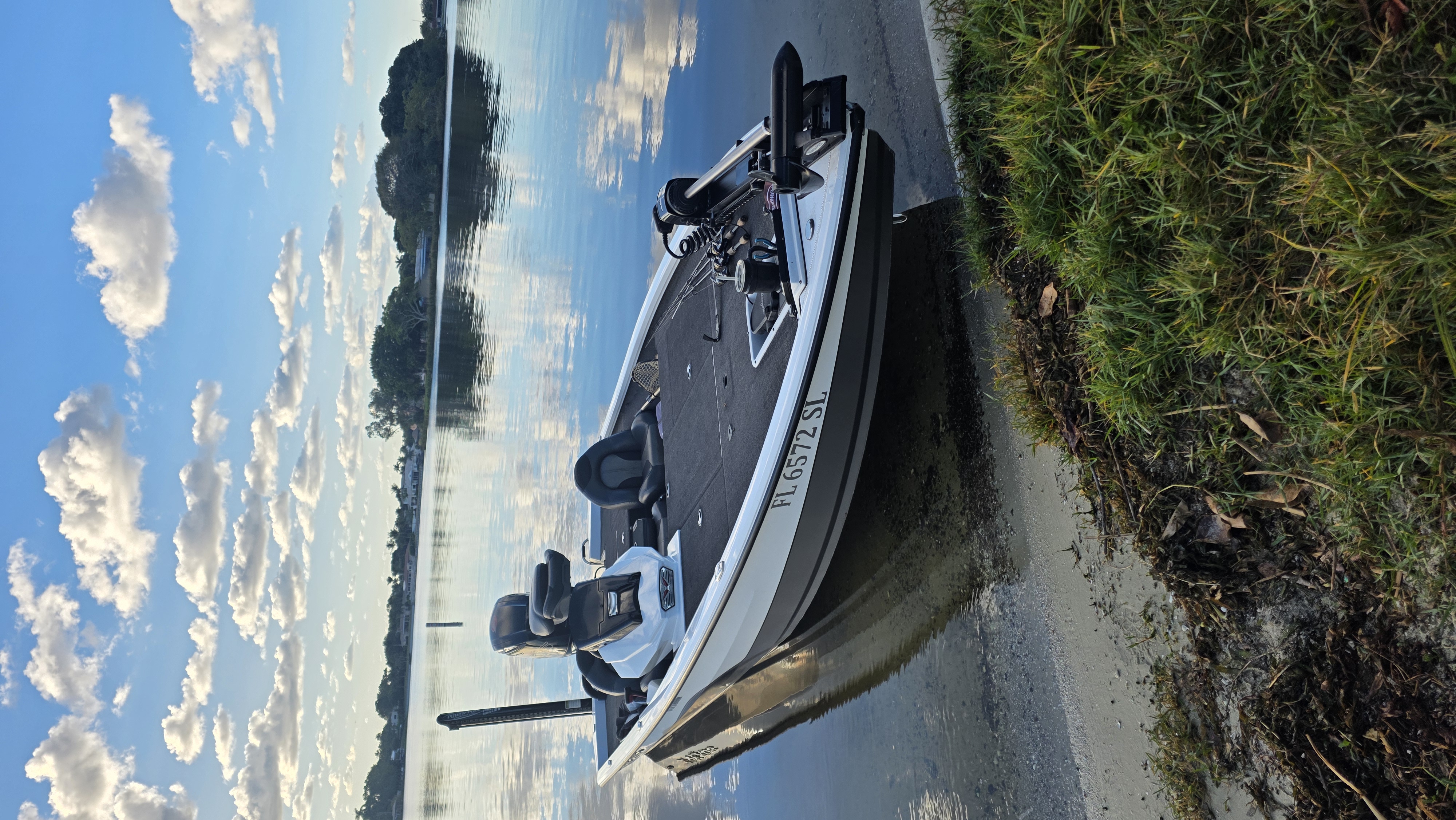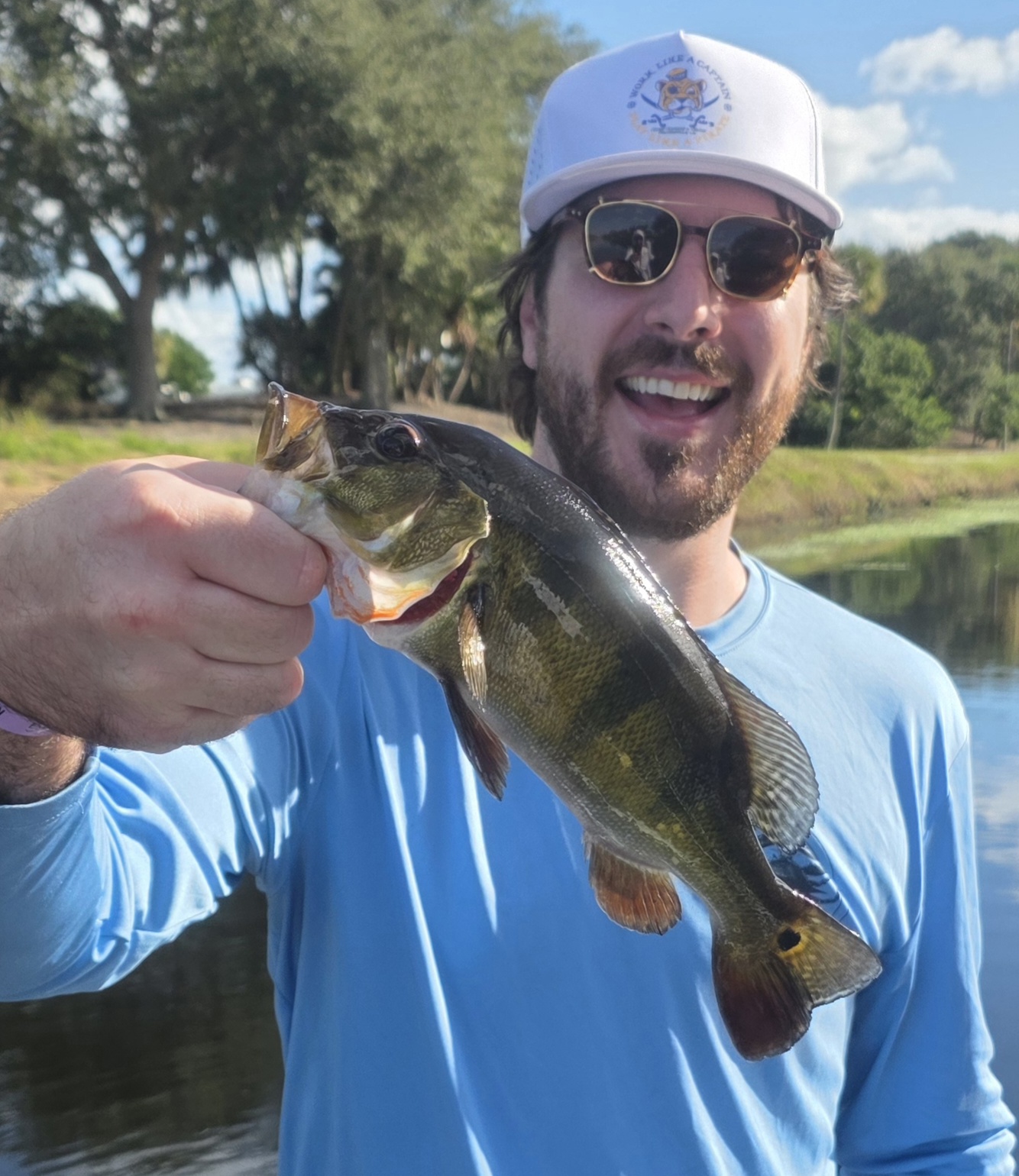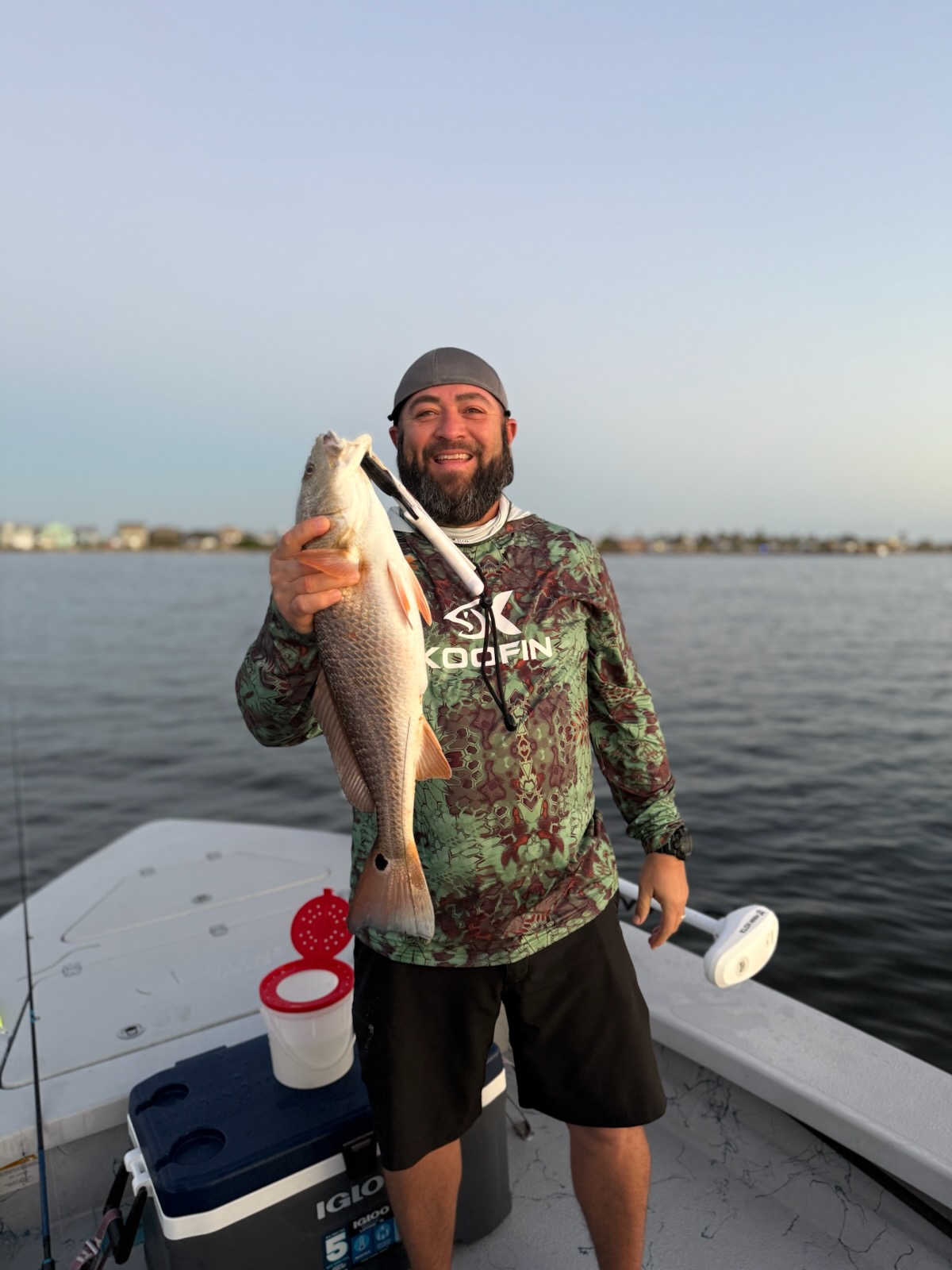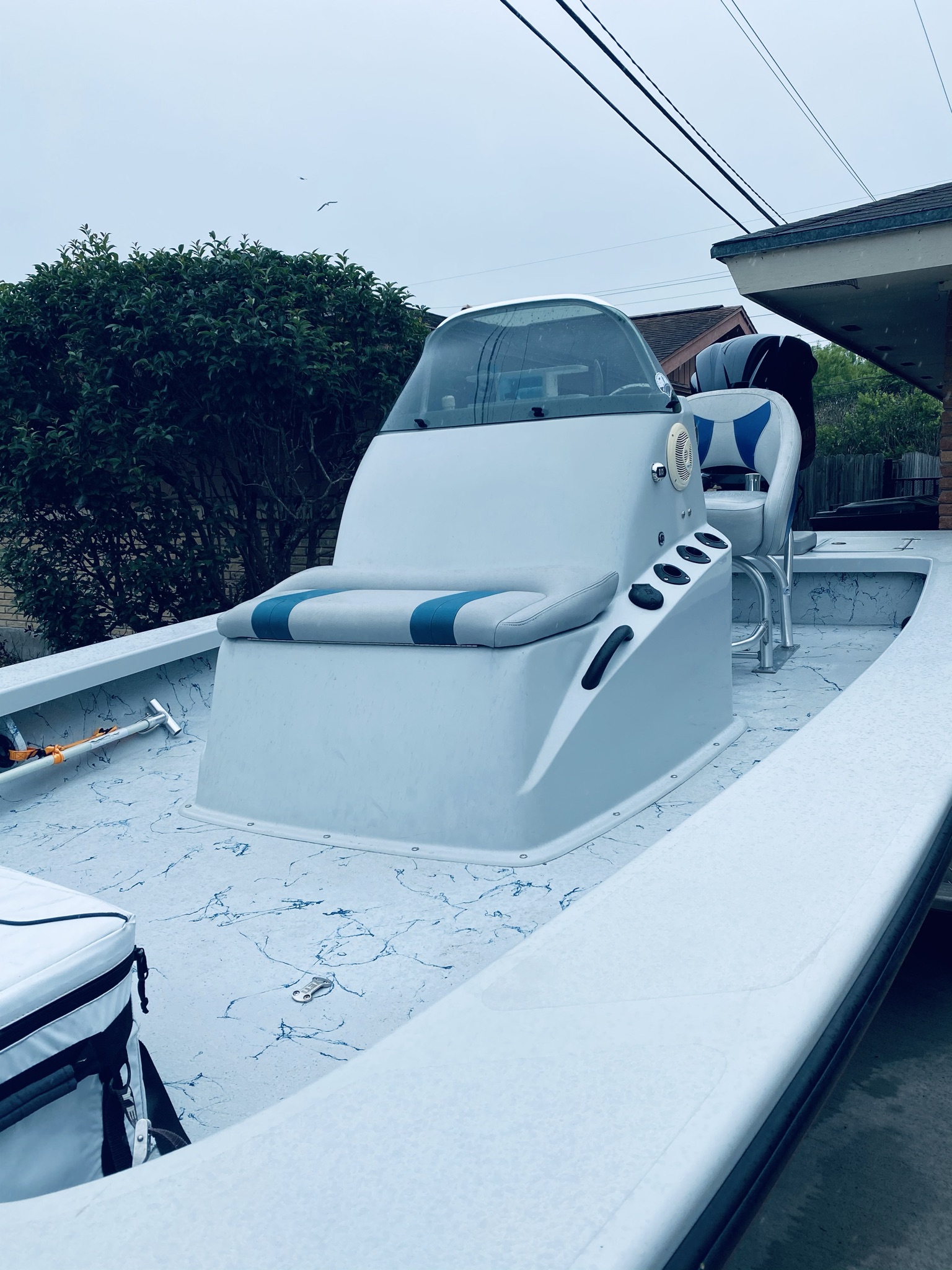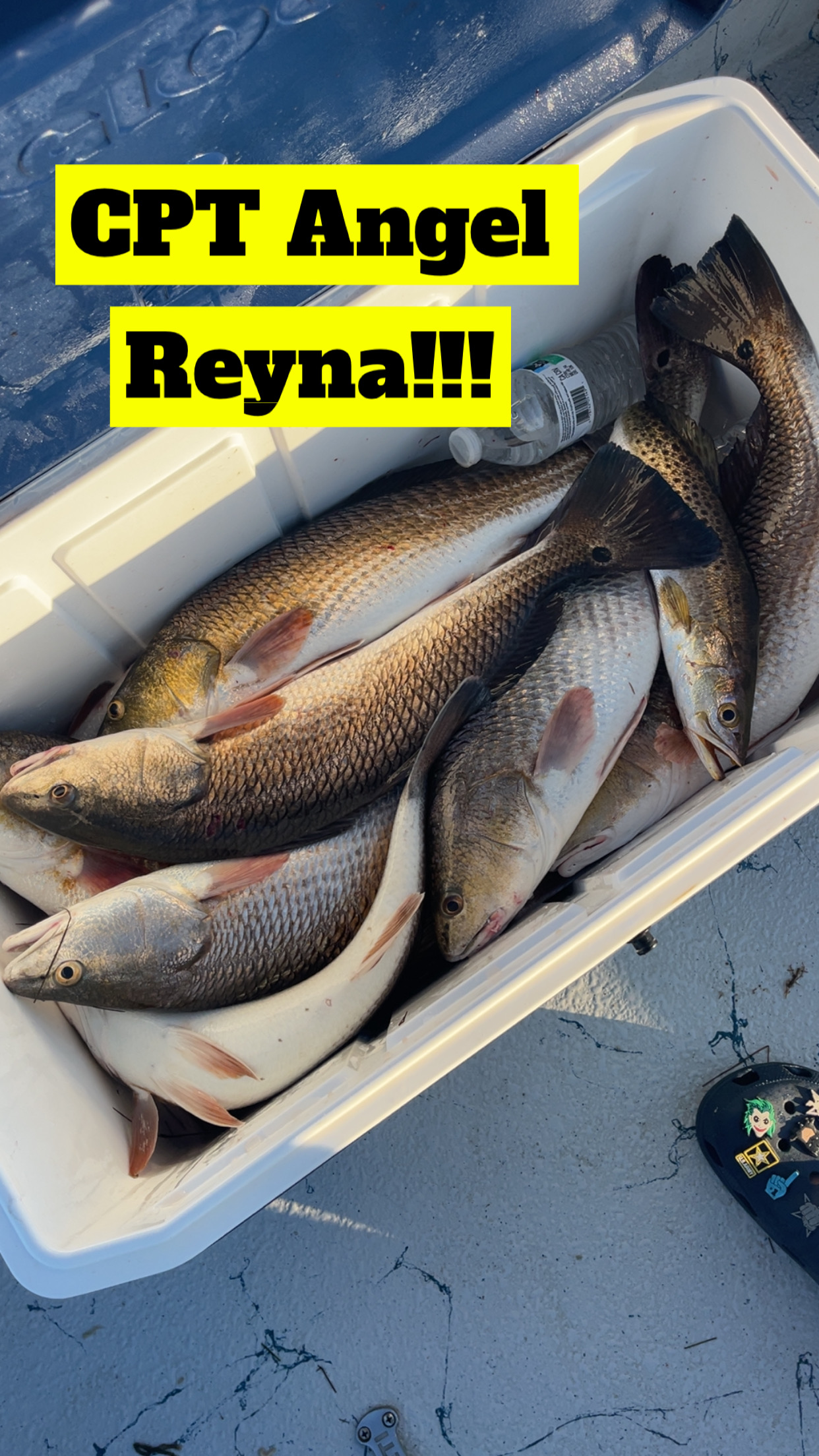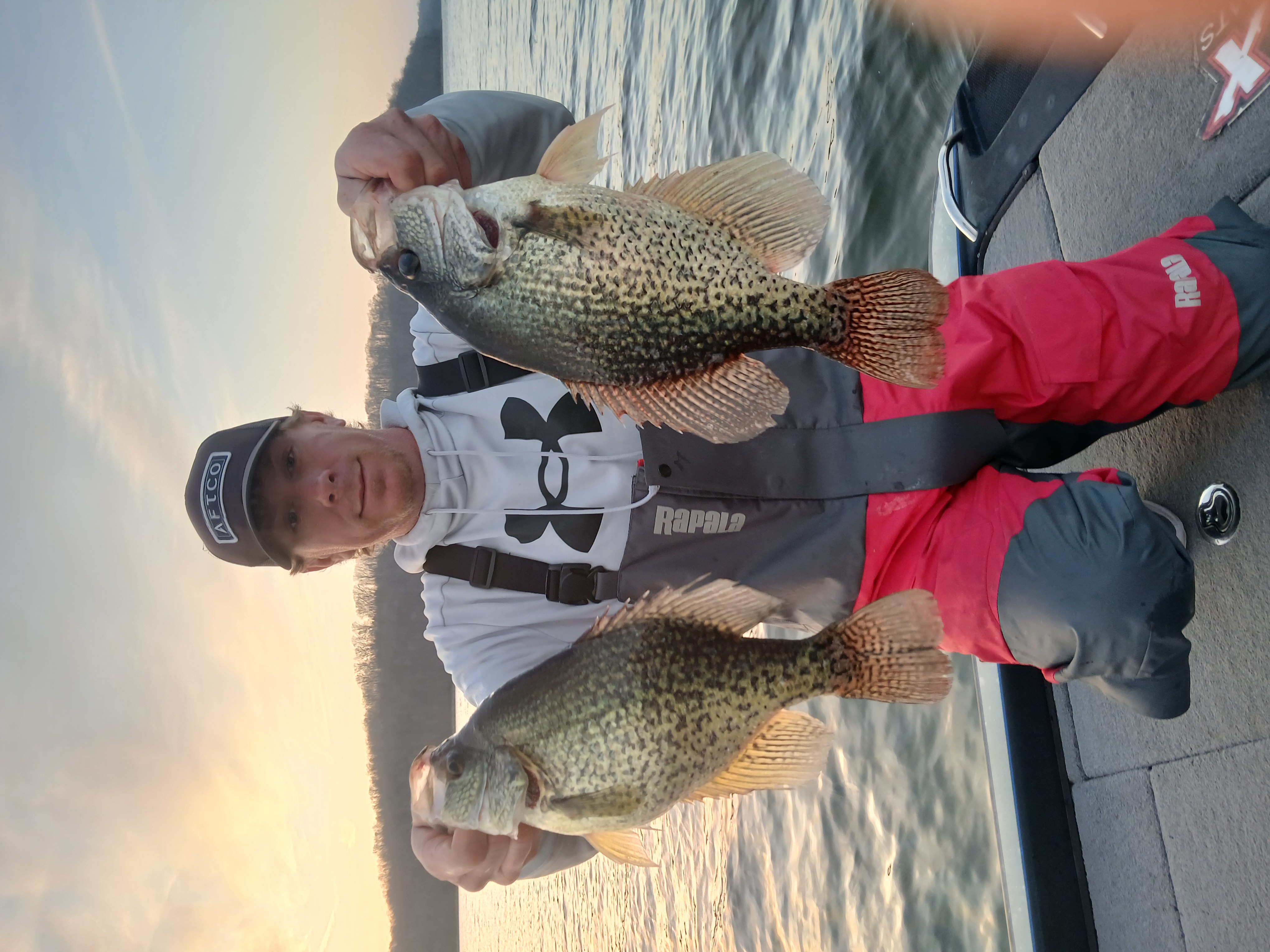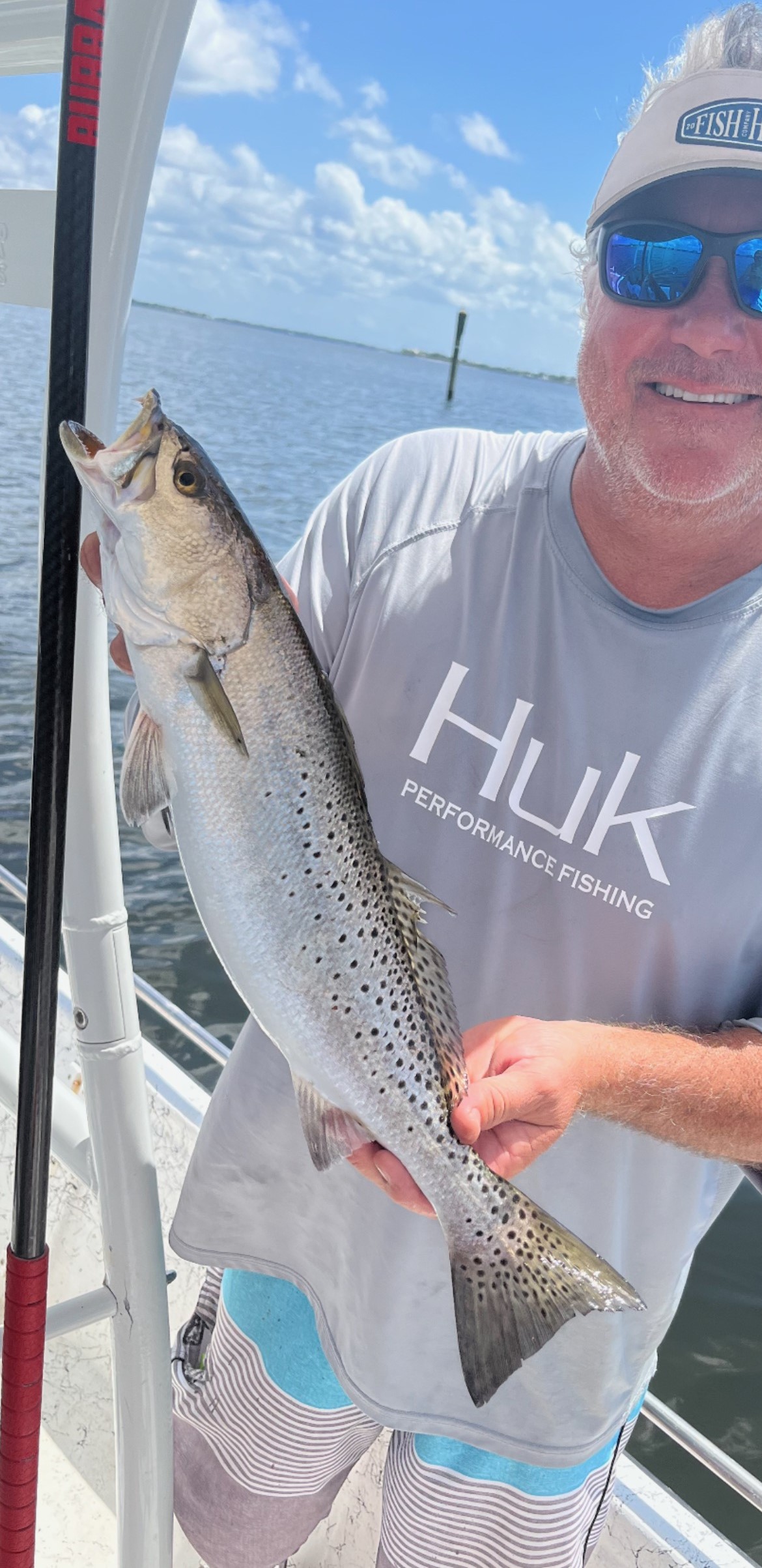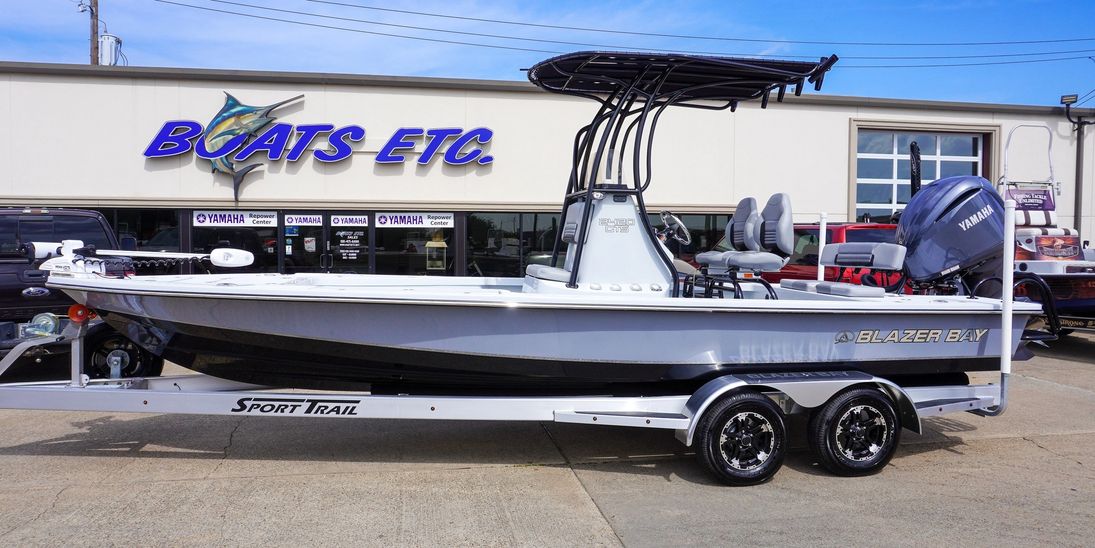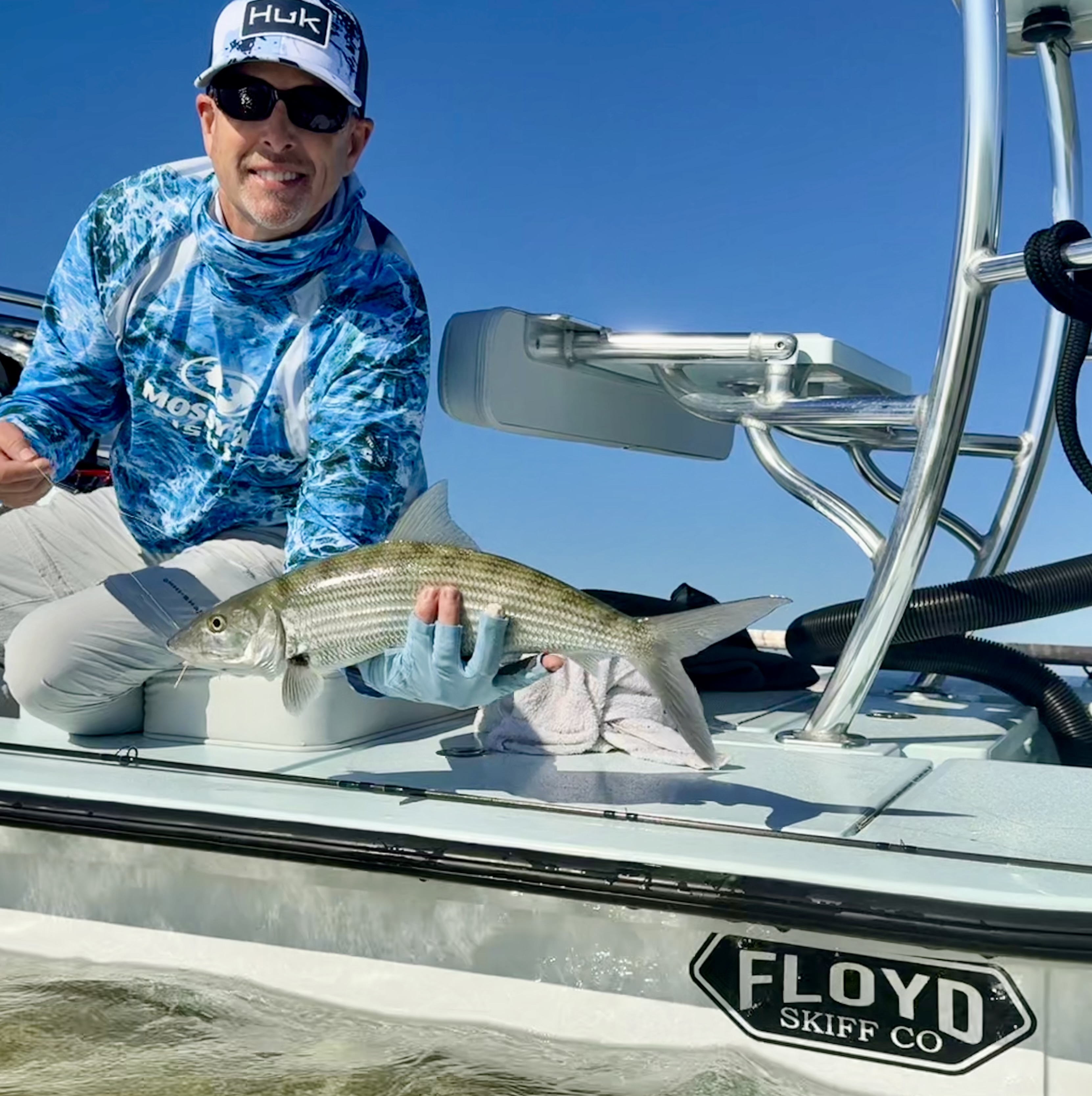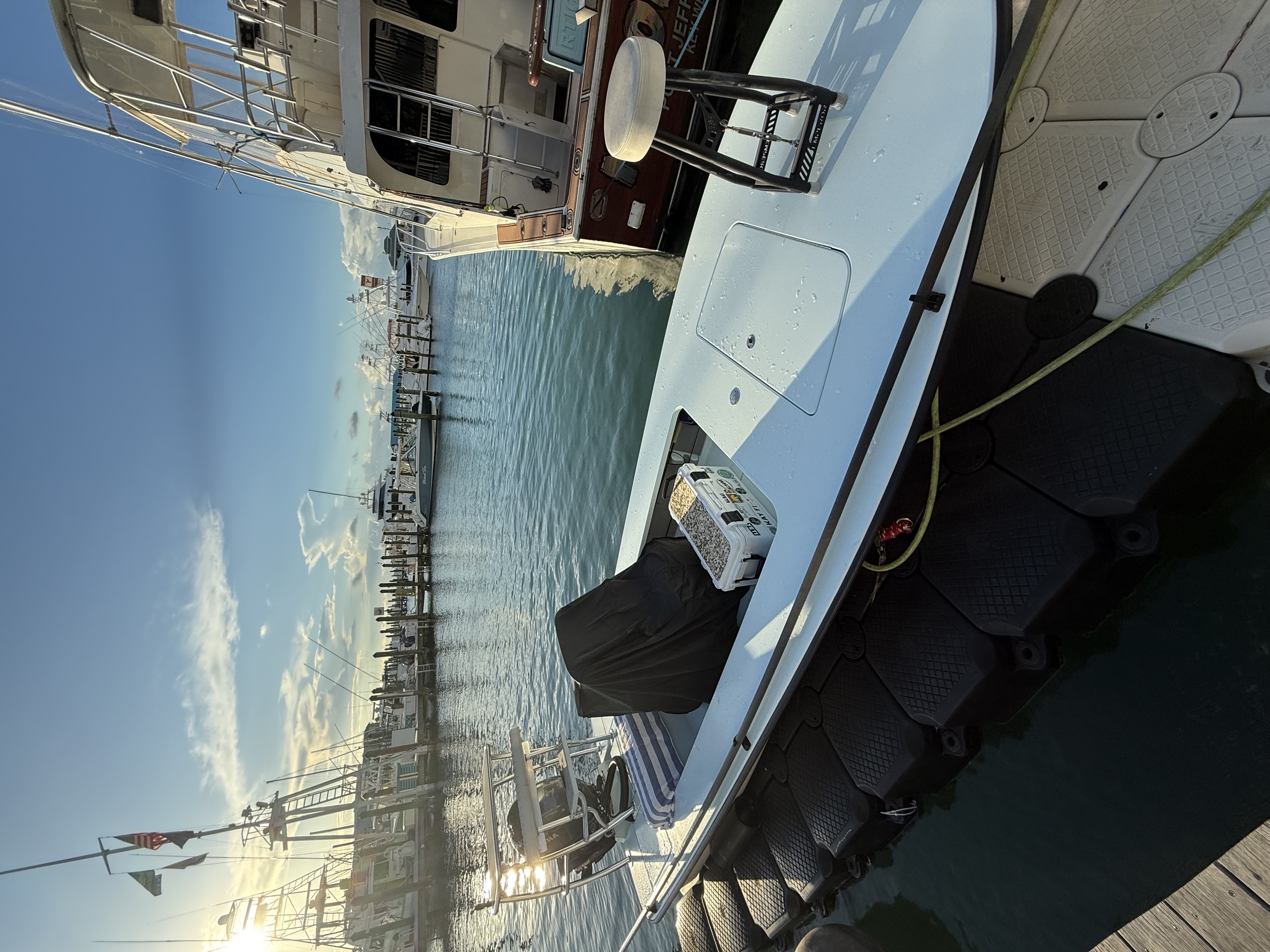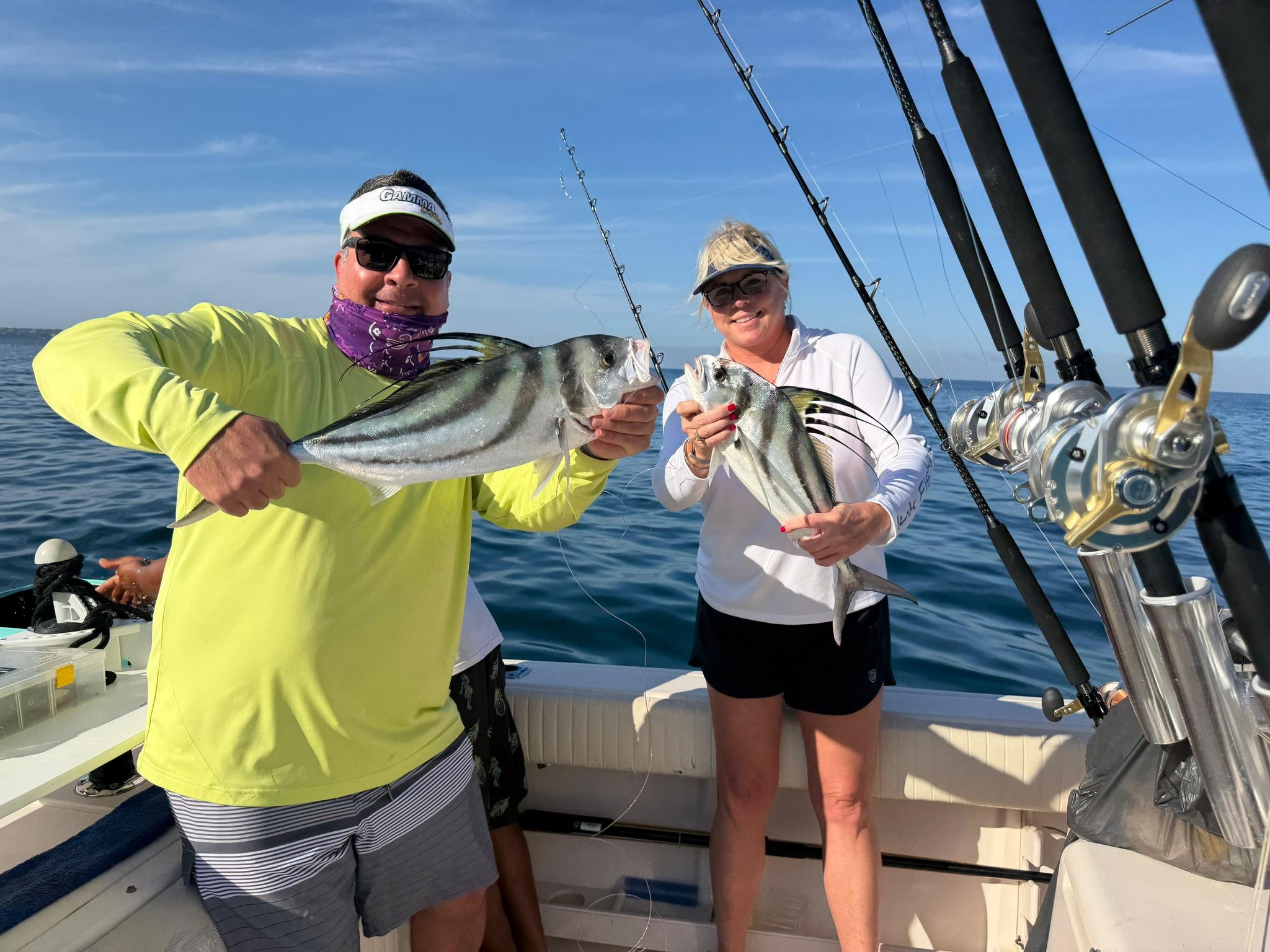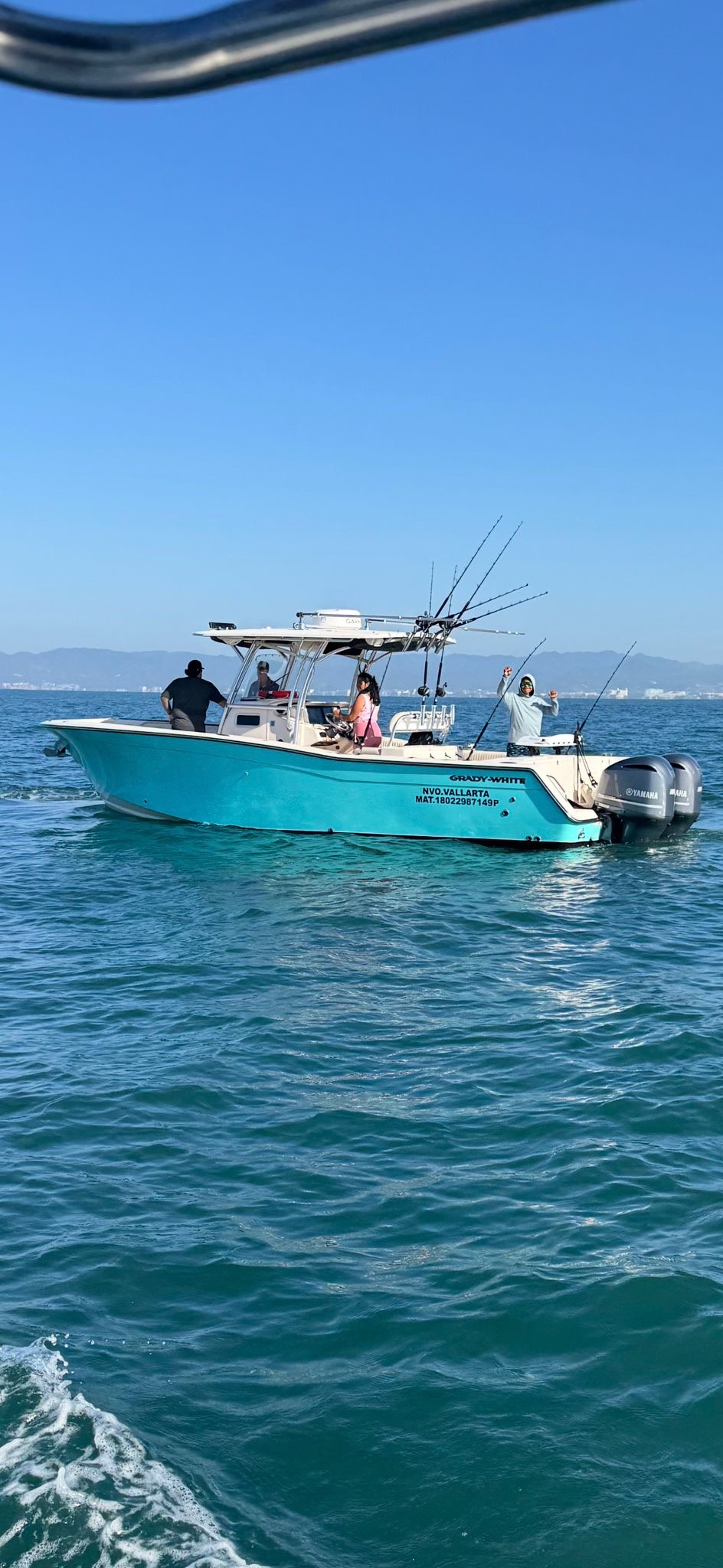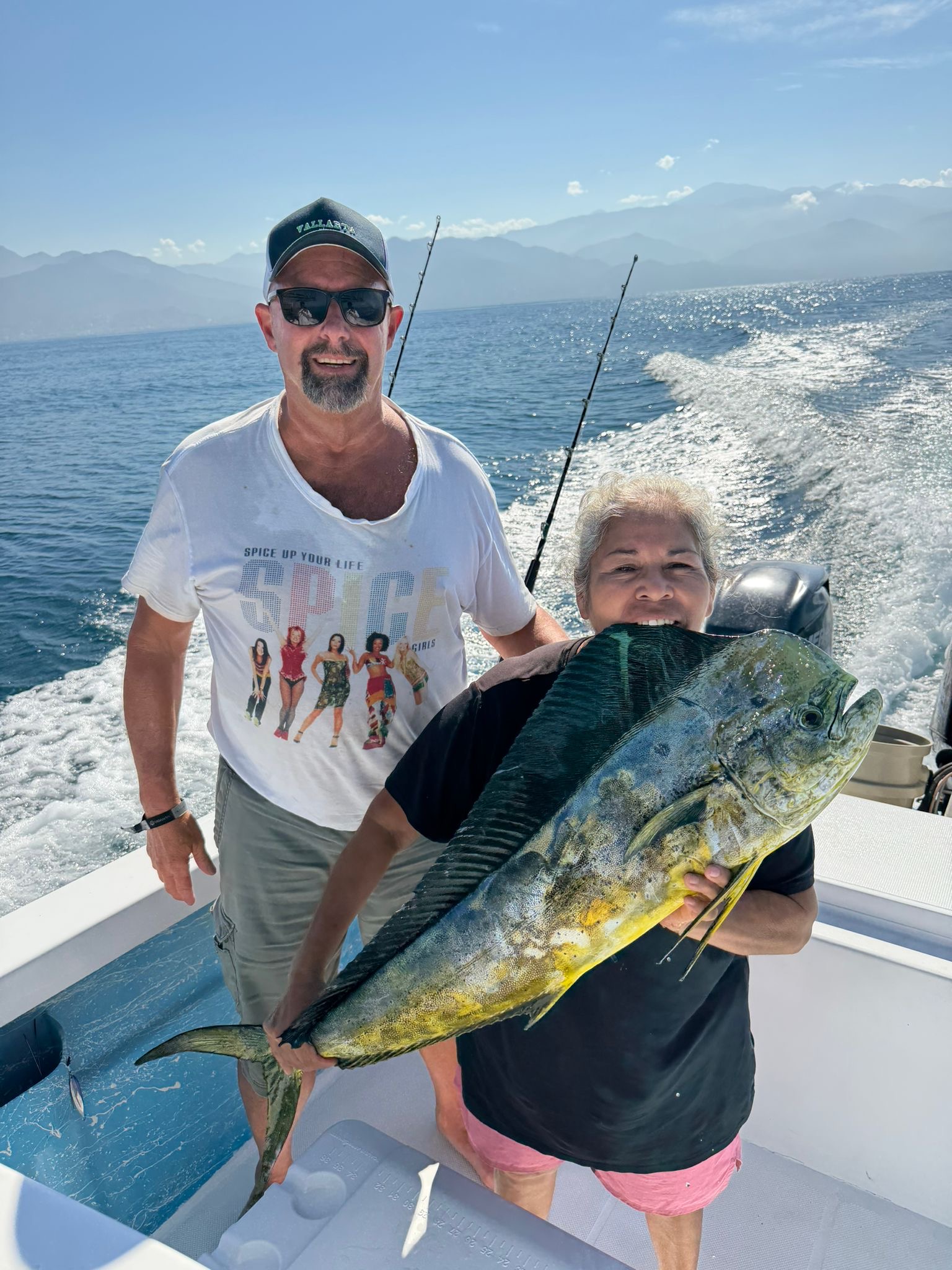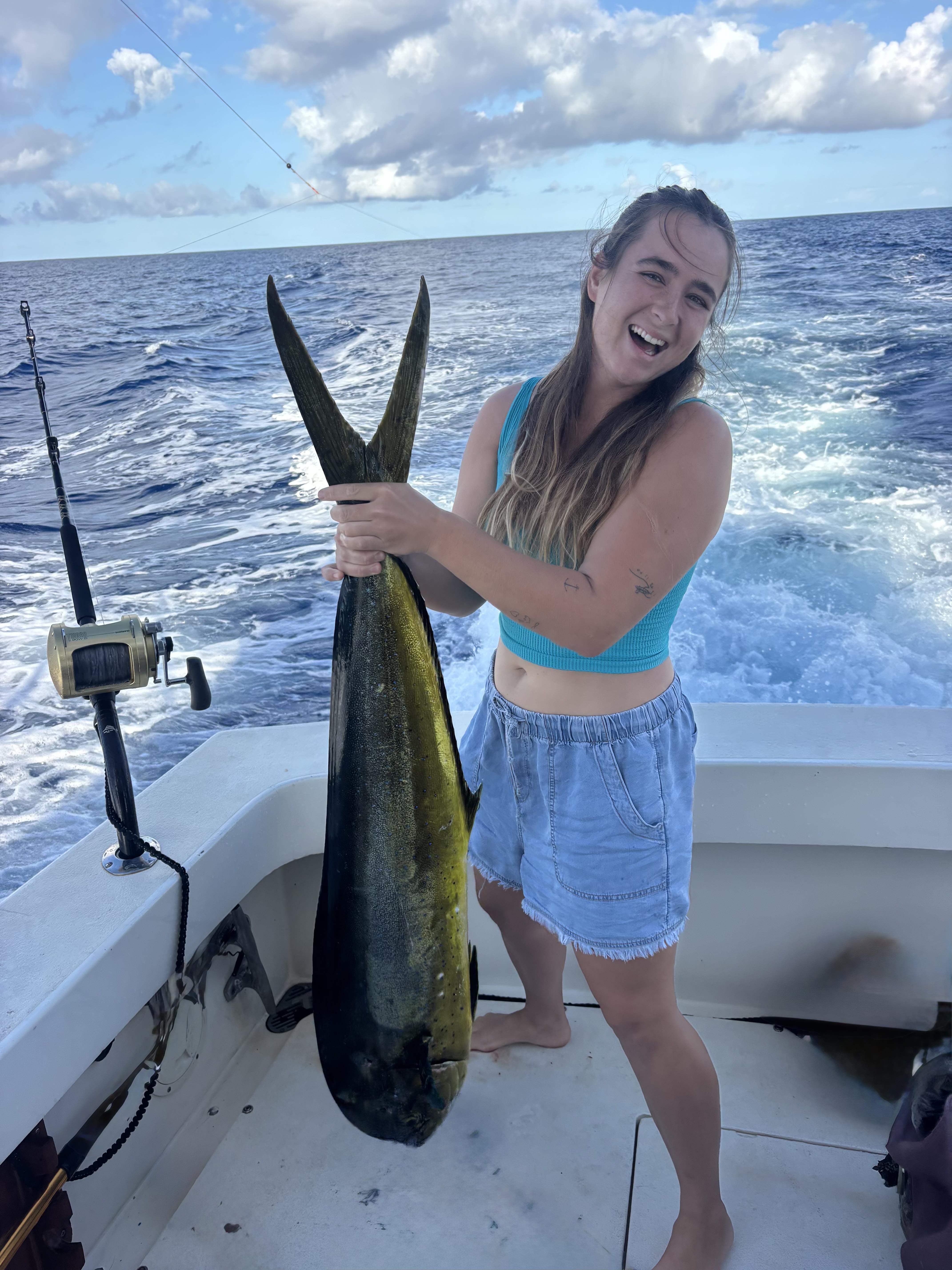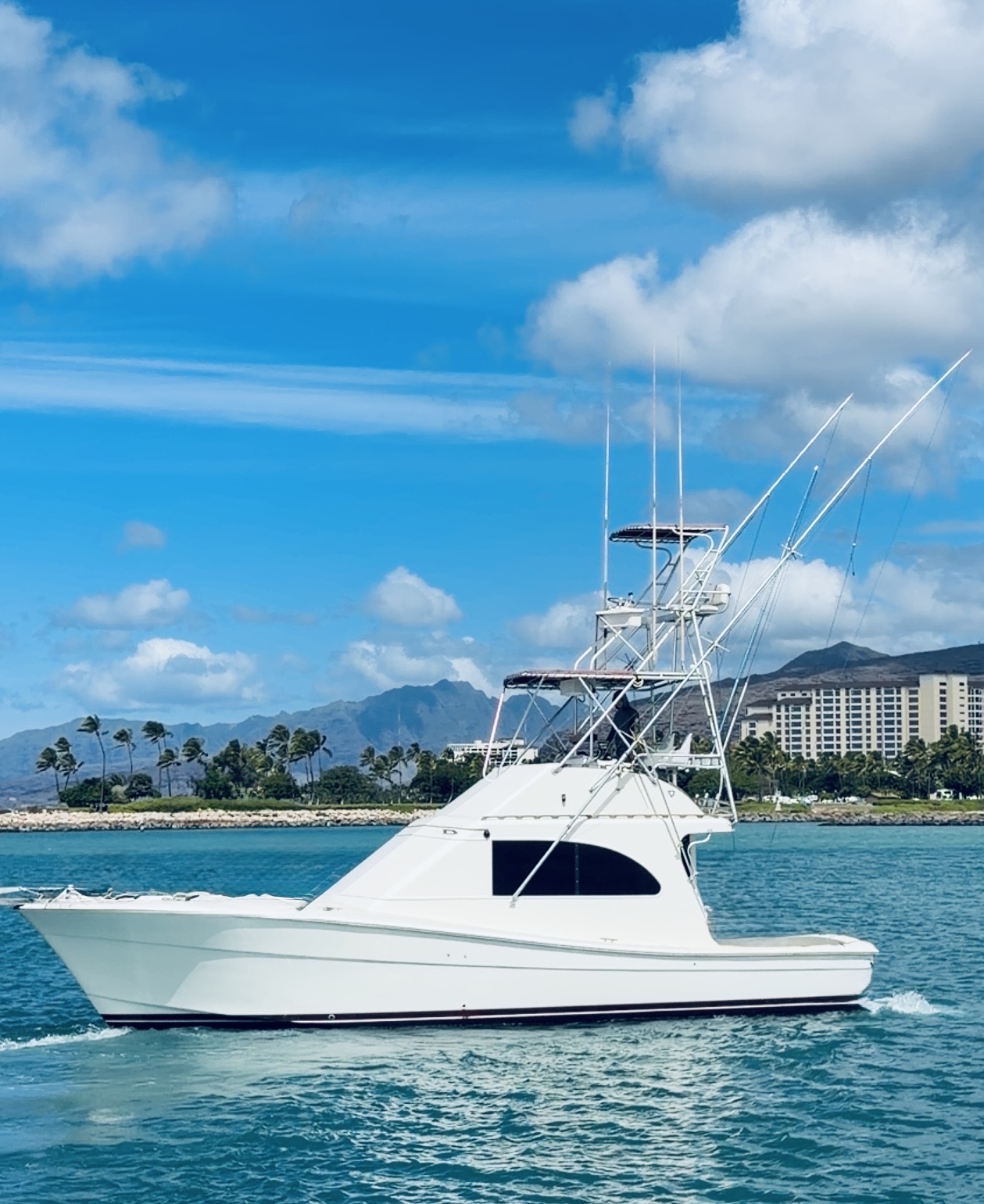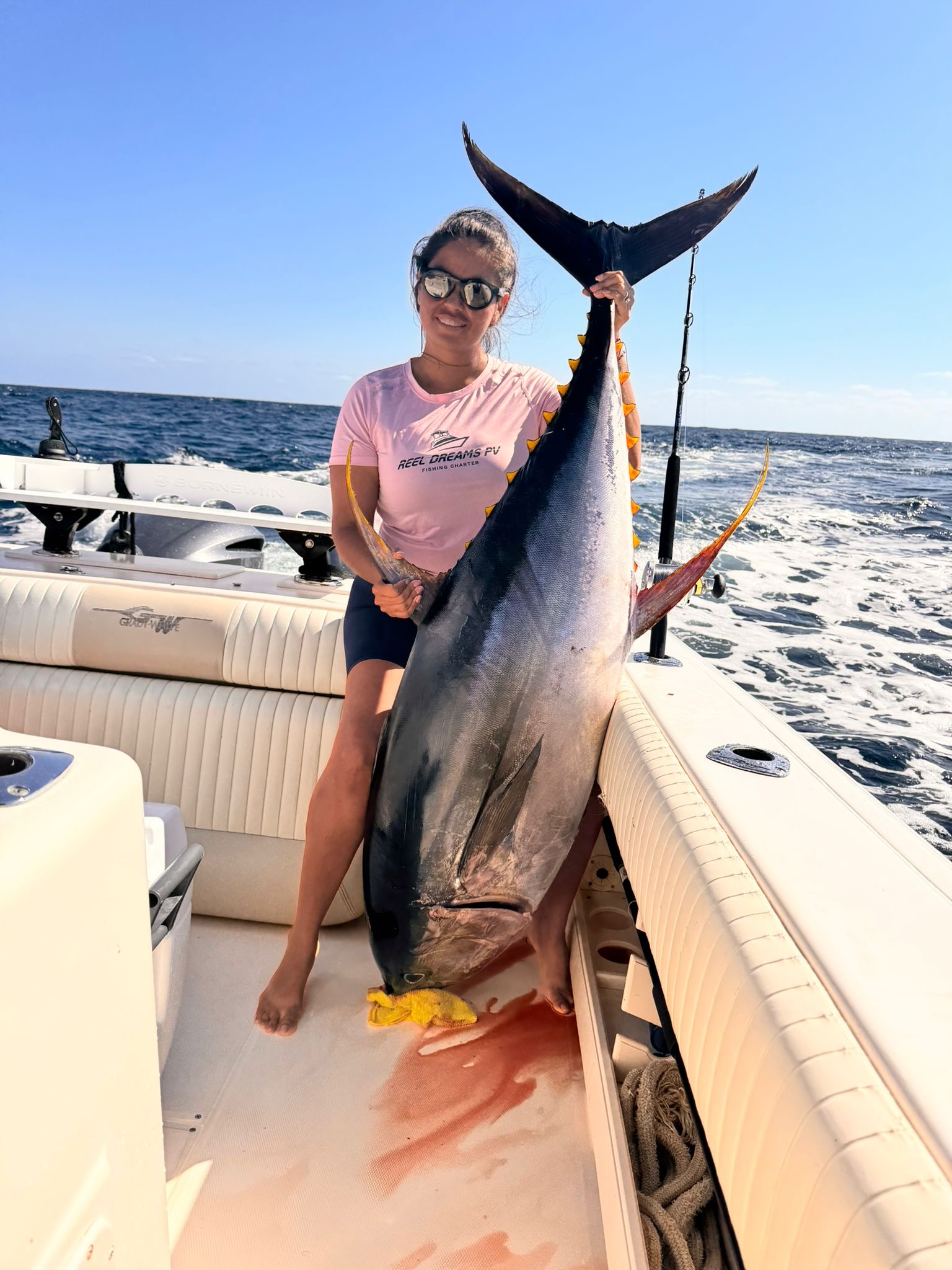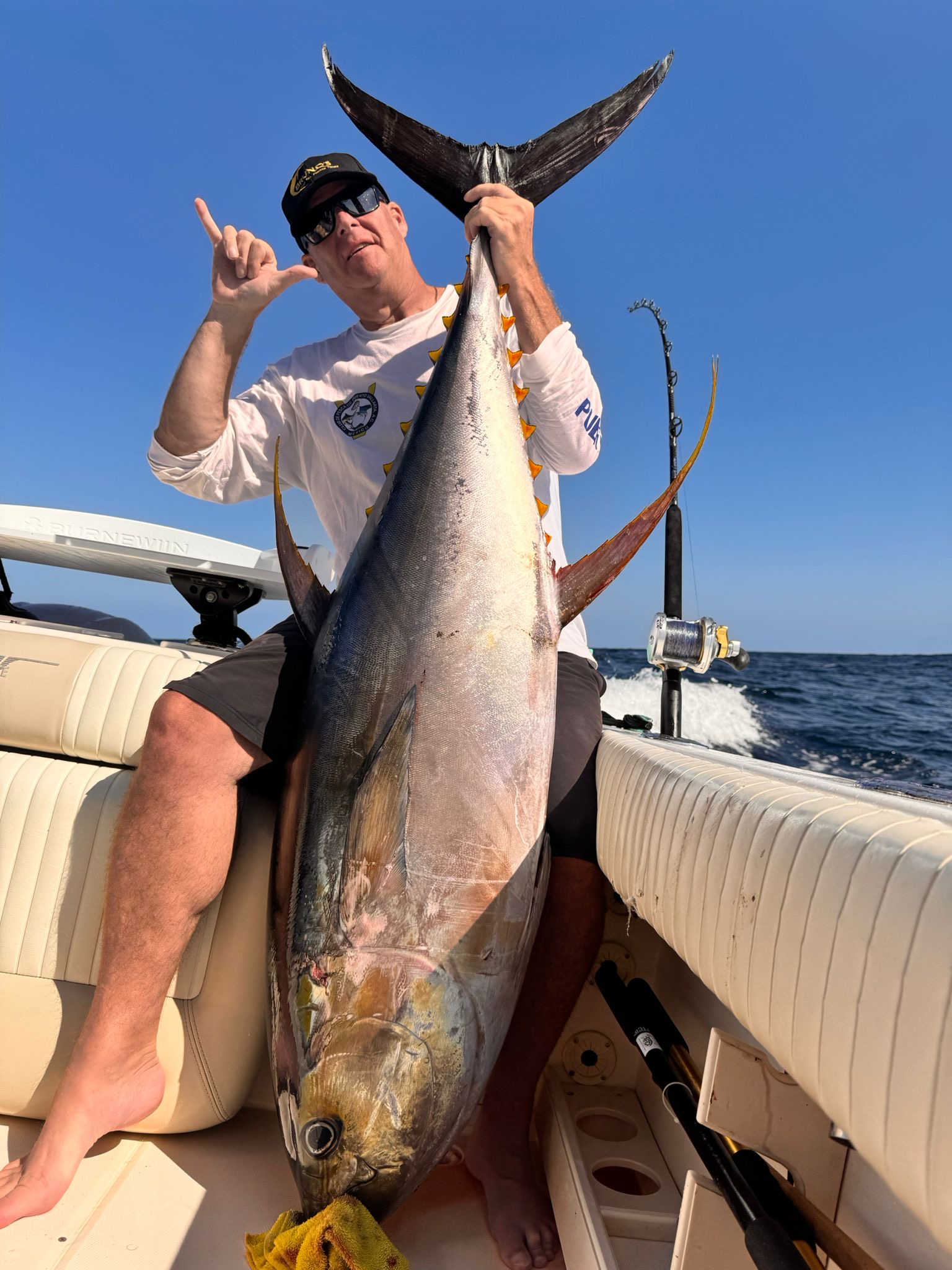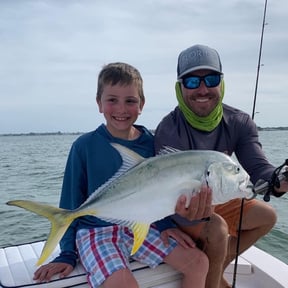Miami Peacock (4-8HR)
Lake Ida (4-8HR)
Inshore Fishing in Corpus Christi
Hook, Line & Memories Fishing Trip
Normandy Livescope Crappie Trip
Inshore, Nearshore Fishing in Orange Beach
Spring Break 6 Hour Special Rate
Inshore Fishing Sanibel PineIsland
Inshore, Flats Fishing in Key West
4-8 Hour Inshore Fishing Trip
Inshore, Deep Sea Fishing in Puerto Vallarta
31 Ft Grady White Half Day
Deep Sea Fishing in Kailua-Kona
Half Day Charter 4 Hours
Deep Sea Fishing in Puerto Vallarta
31 Ft Grady White Deep Sea Fishing
We started Captain Experiences to make it easy to book fishing and hunting guides around the world. With over 2,000 Damn Good Guides, our platform makes finding and booking a trip seamless. Head here to check out our trips.
Using Drag Effectively
Catching bigger fish usually means using heavier and stronger tackle, but using the drag allows anglers to fine tune their approach to battling fish. With the drag set properly, the reel will exhaust the fish quickly and efficiently. The flex of a rod and gears in a reel help anglers pull fish in, but the drag is a crucial tool that helps in a different way. Here’s everything you need to know about the drag on a fishing reel and how to use it efficiently.
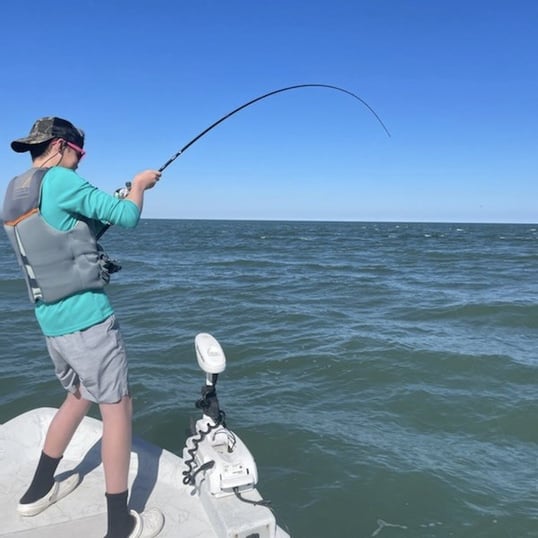
What does Drag do on a Fishing Reel?
The drag setting on any fishing reel has the same purpose: regulate the tension or force required to take line off the spool. Tightening the drag makes it harder for the fish to run and take line, while having a loose drag makes it easier.
If the drag is set to loose, line will easily spool off the reel, and fighting the fish is inefficient. When the drag is set too tight, the line can’t go out fast enough, resulting in breaking off.
Finding the right amount of drag is important to successfully landing fish, and there are times when changing the drag in the moment makes sense.
How Drag Works
The drag system on most reels uses friction between two plates to regulate how much force is required to spool off line. On a spinning reel, the drag is usually set by twisting the knob on top of the spool. On conventional reels, the drag can be adjusted in one of two ways depending on the reel.
The first type of drag is called star drag because it uses a star shaped wheel next to the crank to tighten and loosen drag. The second type is lever drag, which uses a sliding lever to adjust the tension in the drag system.
While all of these reels and drag systems are used effectively every day by anglers around the world, there are pros and cons to each. For spinning reels and star drag, there’s no way to see how much you’ve adjusted the drag. This makes setting and adjusting the drag something that is done by slowly working it until it’s just right. On conventional reels with lever drag, the drag setting can be seen on top of the reel. This also makes it possible to know how much it’s been adjusted or set it at a predetermined setting.
When should I Adjust the Drag
Adjusting the drag is a key part of setting up any rod and reel combination. The drag should be set long before the first cast to prevent any potential mishaps. Find the sweet spot where you want your drag set initially before hitting the water. Depending on the type of fishing you’re doing, it might require drag adjustment on the fly.
When targeting giant fish or using lighter tackle, it’s pushing the limits of your gear, which means the drag may need to be adjusted depending on the situation. When you hook up with a small fish that won’t risk breaking off, tightening the drag will help haul the fish in quickly. If you’re lucky enough to hook up with a truly massive fish, loosening the drag a little is safe because it prevents the fish from making a quick run and outpacing the reel, eventually breaking off.
Let Drag Help You
Having your rods and reel properly dialed in before heading out on your next trip is crucial to your success. Being prepared also helps to minimize preventable issues that may cost you a fish later. Set the drag to the sweet spot that won’t break the line, but wont spool line out too easily and make fighting fish inefficient.
If you want to learn from an experienced angler or would rather jump straight into the action, booking a guided fishing trip is a great option.
Joey Butrus
Updated on August 2, 2023

January 19, 2021

October 26, 2020

August 21, 2023

November 7, 2023

June 22, 2022
Related Articles
September 11, 2022
May 2, 2022
July 5, 2022
Featured Locations
- Fishing Charters Near Me
- Austin Fishing Guides
- Biloxi Fishing Charters
- Bradenton Fishing Charters
- Cabo San Lucas Fishing Charters
- Cancun Fishing Charters
- Cape Coral Fishing Charters
- Charleston Fishing Charters
- Clearwater Fishing Charters
- Corpus Christi Fishing Charters
- Crystal River Fishing Charters
- Dauphin Island Fishing Charters
- Daytona Beach Fishing Charters
- Destin Fishing Charters
- Fort Lauderdale Fishing Charters
- Fort Myers Fishing Charters
- Fort Walton Beach Fishing Charters
- Galveston Fishing Charters
- Gulf Shores Fishing Charters
- Hatteras Fishing Charters
- Hilton Head Fishing Charters
- Islamorada Fishing Charters
- Jacksonville Fishing Charters
- Jupiter Fishing Charters
- Key Largo Fishing Charters
- Key West Fishing Charters
- Kona Fishing Charters
- Lakeside Marblehead Fishing Charters
- Marathon Fishing Charters
- Marco Island Fishing Charters
- Miami Fishing Charters
- Montauk Fishing Charters
- Morehead City Fishing Charters
- Naples Fishing Charters
- New Orleans Fishing Charters
- New Smyrna Beach Fishing Charters
- Ocean City Fishing Charters
- Orange Beach Fishing Charters
- Panama City Beach Fishing Charters
- Pensacola Fishing Charters
- Pompano Beach Fishing Charters
- Port Aransas Fishing Charters
- Port Orange Fishing Charters
- Rockport Fishing Charters
- San Diego Fishing Charters
- San Juan Fishing Charters
- Sarasota Fishing Charters
- South Padre Island Fishing Charters
- St. Augustine Fishing Charters
- St. Petersburg Fishing Charters
- Tampa Fishing Charters
- Tarpon Springs Fishing Charters
- Venice Fishing Charters
- Virginia Beach Fishing Charters
- West Palm Beach Fishing Charters
- Wilmington Fishing Charters
- Wrightsville Beach Fishing Charters
